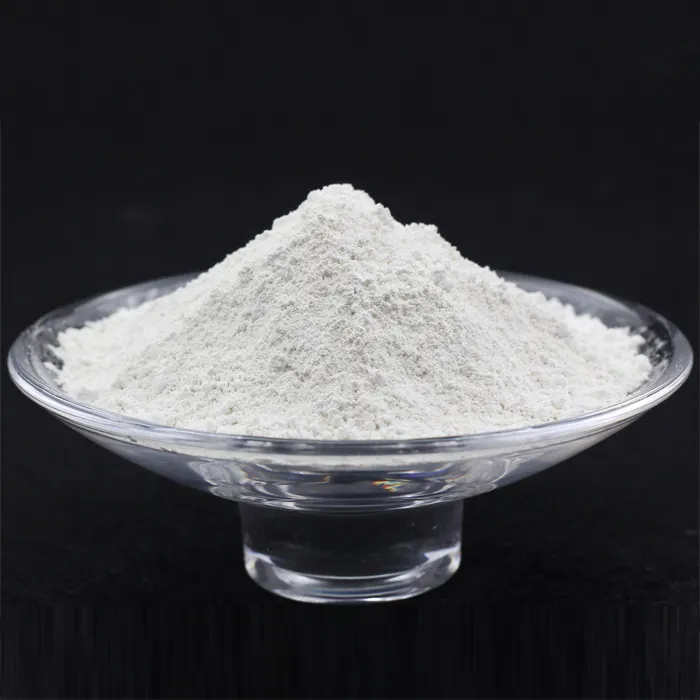Types of Water Treatment Chemicals
Water treatment is a critical process aimed at making water safe for consumption and ensuring its suitability for various industrial applications. To achieve this, various chemicals are employed, each serving specific purposes in the treatment process. Understanding the types and functions of these chemicals is essential for both water treatment professionals and consumers. Here, we explore the primary categories of water treatment chemicals and their roles.
1. Coagulants
Coagulants are chemicals used to destabilize colloidal particles in water, allowing them to clump together and form larger aggregates known as flocs. This process is essential in the removal of suspended solids, turbidity, and certain contaminants. The most common coagulants include aluminum sulfate (alum), ferric chloride, and polyaluminum chloride. These substances help improve water clarity and are often used in municipal water treatment plants to prepare the water for subsequent filtration steps.
2. Flocculants
Following the coagulation process, flocculants are added to aid in the formation of larger flocs that can be easily removed from the water. Flocculants work by bridging the gaps between smaller particles, enhancing the aggregation process initiated by coagulants. Common flocculants include polyacrylamide and natural organic polymers. These chemicals are vital in maximizing the efficiency of sedimentation and filtration processes in water treatment.
3. Disinfectants
Disinfection is a crucial step in water treatment aimed at eliminating pathogenic microorganisms to ensure water safety. The most widely used disinfectants include chlorine, chloramines, ozone, and ultraviolet (UV) light. Chlorine is commonly applied in both drinking water and wastewater treatment due to its effectiveness and residual properties. However, concerns about the formation of disinfection byproducts have led to the exploration of alternative disinfectants, such as UV light and ozone, which do not introduce harmful byproducts into the water.
4. pH Adjusters
types of water treatment chemicals

The pH level of water significantly influences its quality and the effectiveness of other treatment chemicals. pH adjusters, such as sodium hydroxide and sulfuric acid, are utilized to raise or lower the pH of water to the desired level. Maintaining optimal pH is crucial for coagulation, disinfection, and corrosion control. Furthermore, certain industrial applications require specific pH conditions, making the adjustment of pH a vital aspect of water treatment.
5. Corrosion Inhibitors
Corrosion in pipes and water systems can lead to significant infrastructure damage and leaching of harmful metals into drinking water. Corrosion inhibitors, such as ortho-phosphate and silicate, are chemicals added to prevent corrosion by forming a protective layer on pipe surfaces. These inhibitors are especially important in municipal water systems and industrial applications where metal piping is prevalent.
6. Scale Inhibitors
Scale formation can hinder the efficiency of water systems and lead to costly maintenance. Scale inhibitors, such as polyphosphates and phosphonates, are chemicals used to prevent the precipitation of scale-forming minerals such as calcium and magnesium. In industrial settings, these inhibitors play a crucial role in maintaining equipment efficiency and extending the lifespan of water treatment systems.
7. Algaecides
In water bodies, such as lakes and reservoirs, algae growth can threaten water quality and cause taste and odor issues. Algaecides are chemicals designed to inhibit or kill algae, ensuring the safety and palatability of water. Common algaecides include copper sulfate and quaternary ammonium compounds. The application of these chemicals requires careful management to avoid adverse ecological effects.
Conclusion
The effectiveness of water treatment relies heavily on the careful selection and application of chemicals tailored to meet specific treatment goals. From coagulants that improve water clarity to disinfectants that safeguard public health, each chemical plays a unique and vital role in the comprehensive water treatment process. As we continue to grapple with water quality challenges and strive for sustainability, the continued innovation and responsible use of water treatment chemicals will remain crucial in safeguarding our most precious resource—water. Understanding these various chemicals and their functions can empower individuals and professionals alike to make informed decisions in water management and treatment practices.

